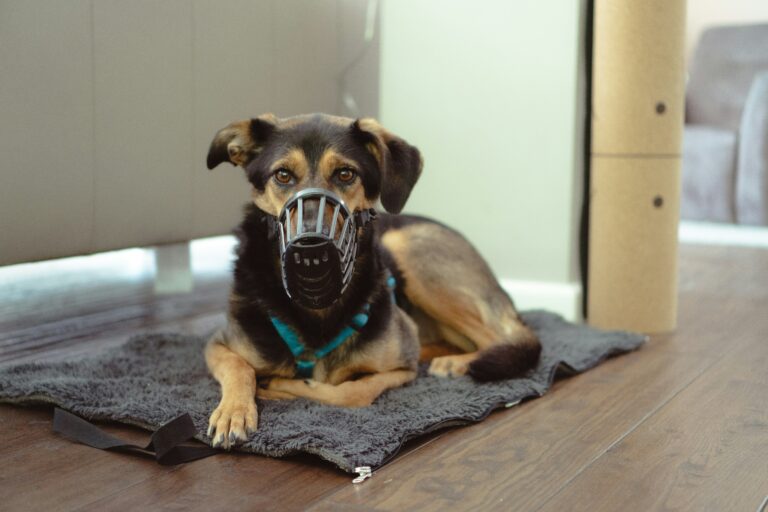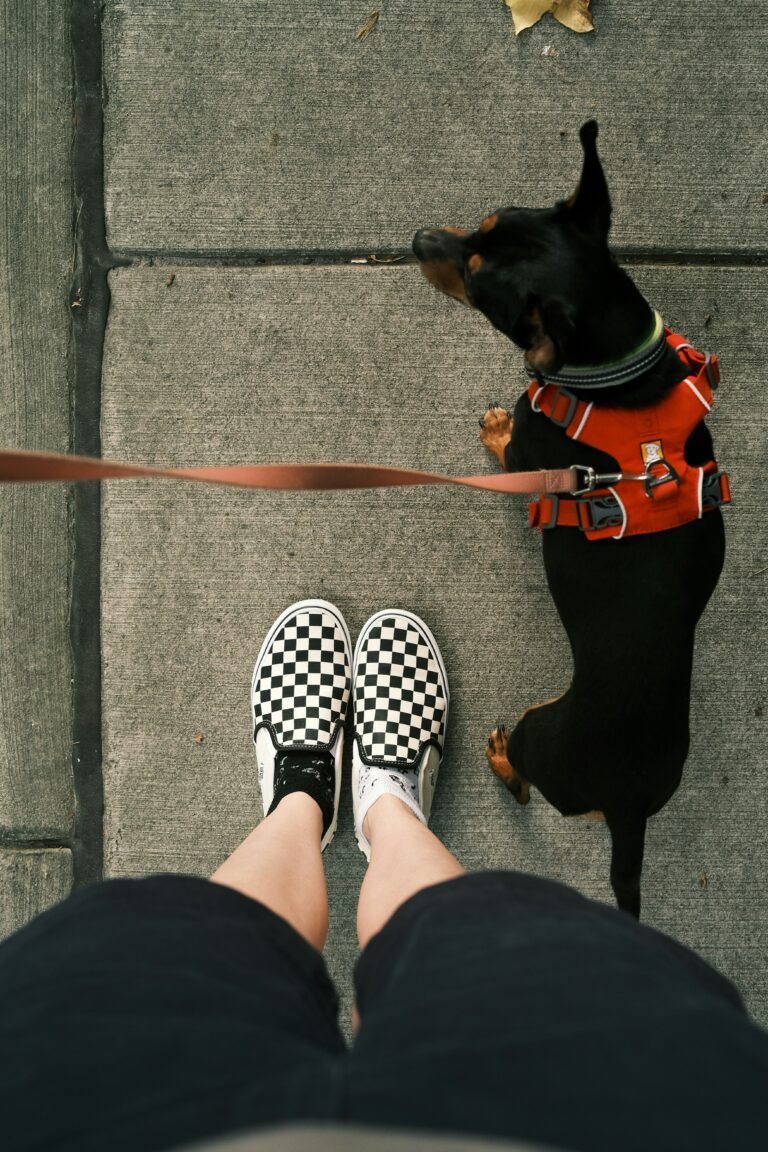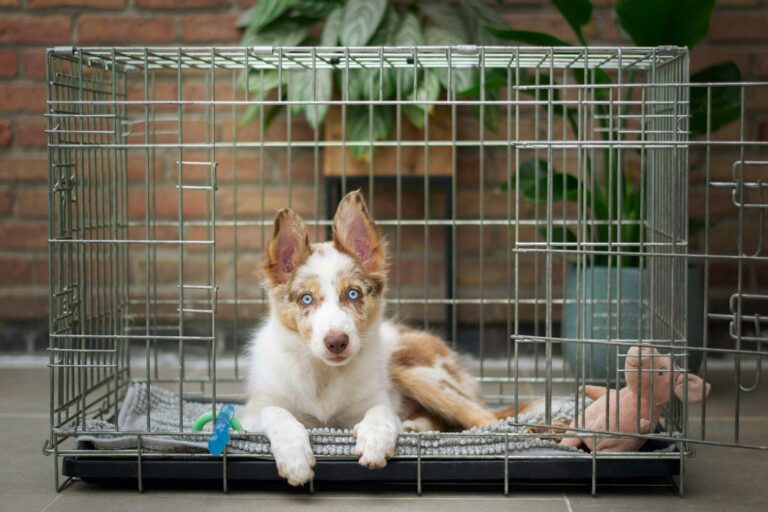Essential Tips for Dogs in Cold Weather
Essential Tips for Dogs in Cold Weather
Taking essential tips for dogs in cold weather will ensure the safety and well-being of your dogs in cold weather by understanding the risks, recognizing signs of injury, and taking necessary protective measures.
Understanding the Risks of Cold Weather for Dogs
Cold weather can pose numerous risks to dogs, making it important for pet owners to be aware of these potential dangers. For instance, chapped paws and itchy skin are common issues that dogs may experience in cold weather, leading to discomfort and potential injuries. Moreover, the use of ice-melting agents and antifreeze in winter can expose dogs to harmful chemicals when they come into contact with these substances during walks or outdoor activities, potentially leading to ingestion or skin irritation.
In addition to these concerns, exposure to cold weather can result in more serious conditions such as hypothermia and frostbite in dogs. For instance, prolonged exposure to low temperatures can cause a dog’s body temperature to drop to dangerous levels, resulting in symptoms like shivering, lethargy, and shallow breathing. Meanwhile, frostbite can lead to discoloration and pain in the affected areas, posing a risk of tissue damage if not addressed promptly. Understanding these risks is crucial for dog owners to take proactive measures to protect their pets from the potential hazards associated with cold weather [3].
Recognizing Signs of Cold-Weather Injury in Dogs
When dogs are exposed to cold weather, they may exhibit signs of cold-weather injury such as chapped and irritated paws, which can lead to discomfort and pain when walking or running outdoors. Additionally, dogs may experience flaking skin, indicating dryness and potential skin irritation due to the harsh weather conditions.
It’s also important to recognize the symptoms of hypothermia in dogs, as it can be life-threatening if not addressed promptly. Dogs suffering from hypothermia may display signs such as shivering, indicating their body’s attempt to generate heat, lethargy, shallow breathing, and a weak pulse. Identifying these symptoms early on is crucial for providing the necessary care and preventing the condition from worsening.
Moreover, frostbite is another cold-weather injury that dogs are susceptible to, and it can result in discoloration and pain in the affected areas. For instance, a dog’s ears, tail, and paws are particularly vulnerable to frostbite due to their exposure to the cold. Recognizing the signs of frostbite and seeking immediate veterinary attention can prevent long-term damage to the dog’s tissues and extremities.
Understanding essential tips for dogs in cold weather and being vigilant about these signs of cold-weather injury in dogs is essential for dog owners to ensure their pets’ safety and well-being during the winter months [3].
Protecting Your Dog from Cold Weather Dangers
Protecting your dog from cold weather dangers is crucial for their health and well-being. In addition to keeping your home humidified and towel drying your pets after outdoor activities, it is important to consider additional protective measures. For example, using pet-friendly ice melt products can prevent harmful chemicals from irritating your dog’s paws. Another option is to apply petroleum jelly or use booties to create a protective barrier against salt and other substances that can cause discomfort or injury. These simple yet effective strategies can play a significant role in safeguarding your dog’s paws from the potential hazards of cold weather.
Furthermore, providing a warm and comfortable place for your dog to sleep is essential during the colder months. This can be achieved by setting up a cozy bed with blankets and ensuring it is located away from drafts. Additionally, considering a dog sweater or coat can offer an extra layer of insulation, especially for short-haired breeds or older dogs. By implementing these protective measures, you can create a safe and comfortable environment for your dog, minimizing the risks associated with cold weather. Through thoughtful and proactive steps, pet owners can ensure that their beloved canine companions are well-protected from the dangers of winter.
 Special Considerations for Outdoor Pets in Cold Weather
Special Considerations for Outdoor Pets in Cold Weather
When it comes to outdoor pets, cold weather presents unique challenges that require special considerations. Providing a warm, solid shelter is crucial to protect them from the harsh elements. For example, a well-insulated dog house with dry bedding can offer the necessary refuge from the cold and wind, ensuring that outdoor pets have a safe and warm place to rest.
In addition to shelter, access to unfrozen water is essential for outdoor pets during the winter months. Pet owners should regularly check water sources to ensure that they remain liquid and accessible to their pets. One way to prevent freezing is to use heated water bowls or invest in insulated water dispensers designed to withstand low temperatures. By ensuring a consistent supply of unfrozen water, pet owners can help their outdoor pets stay hydrated and healthy, even in cold weather.
Furthermore, understanding and addressing the specific needs of outdoor pets is crucial for their well-being. This includes conducting regular checks for signs of cold-weather injuries such as chapped paws and skin issues. By being attentive to these details, pet owners can promptly address any discomfort or health issues that may arise, ensuring that their outdoor pets remain safe, healthy, and comfortable throughout the winter.
Conclusion: Ensuring the Safety of Dogs in Cold Weather
In addition to being prepared for severe winter weather and having an emergency kit for pets, it is crucial for pet owners to consider the specific needs of their dogs to ensure their safety and well-being. Managing food intake during the winter months is essential as it helps to ensure that dogs receive the right amount of calories to maintain their energy levels and body warmth. This can be achieved by consulting a veterinarian to determine the appropriate diet adjustments based on the dog’s breed, size, and activity level. By managing food intake, pet owners can help their dogs stay healthy and maintain a suitable body temperature during cold weather.
Furthermore, pet-proofing homes is another important aspect of keeping dogs safe in cold weather. This involves ensuring that potential hazards are out of reach, especially during the winter. For instance, keeping chemicals, such as antifreeze, securely stored and cleaning up any spills promptly is crucial in preventing accidental ingestion by dogs, as antifreeze is a deadly poison for pets. Additionally, providing a warm and comfortable indoor environment with suitable bedding and shelter is vital for the well-being of dogs during colder months, especially for those that spend time outdoors. These proactive measures can significantly contribute to the safety and comfort of dogs in cold weather, ensuring a healthy and positive winter experience for pets and their owners.
In conclusion, safeguarding dogs in cold weather involves a combination of awareness, preparedness, and proactive measures. Reach out to 30adogtrainers.com for additional information. By taking necessary precautions and considering the unique needs of their dogs, pet owners can help mitigate potential risks and create a safe and comfortable environment for their beloved pets during the winter season.




 Special Considerations for Outdoor Pets in Cold Weather
Special Considerations for Outdoor Pets in Cold Weather




